You can expect this amount to lower over time, naturally, as their bladder grows larger and they adjust to being out of the womb. Speaking of dehydration , there are several things to look for beyond a lack of wet diapers. Baby pee looks similar to adult pee, in that the urine of healthy newborns has a light to dark yellow pee color. Bigger diapers are capable of handling more waste as they have more absorbent material. However, unless otherwise disclosed, we are not licensed nurses in any state. Turn the diaper around. Older Babies Over time, babies will wet fewer diapers. It is not intended as medical advice or to replace the advice of any medical professional. Many colors are totally normal and nothing to worry about, whereas others may indicate a problem. Diaper is taped more to the front, leaving less coverage for the back. Back leakage. Side leakage. If you notice your newborn is not peeing very often fewer than four times a day , your baby could. Current little one is 18 lbs and fits a size medium perfectly. You'll just need to carry fewer diapers in your diaper bag.
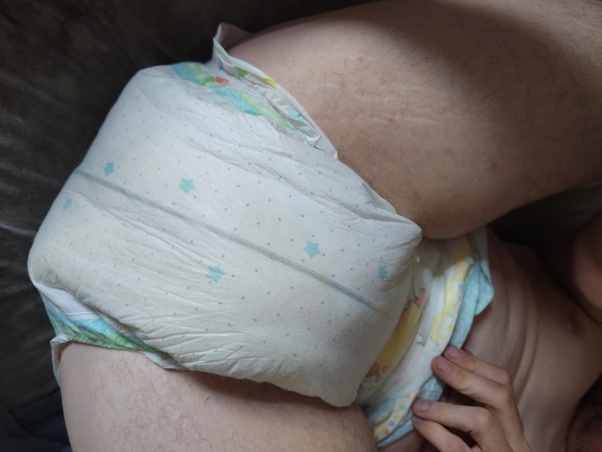
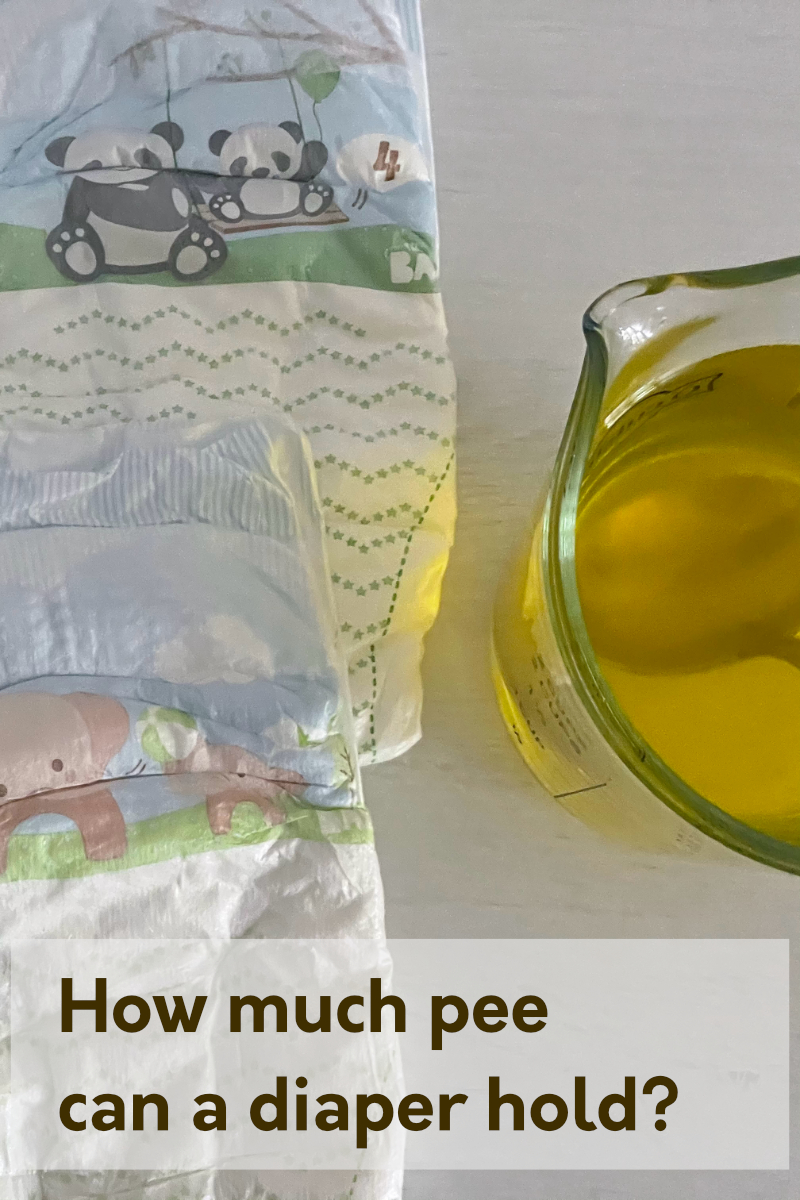
Join a World of Support through Pregnancy and Parenthood. The Color of Their Urine Look for clues about hydration in the color of your baby's urine. In some cases, strong, foul-smelling pee may indicate a bacterial infection, such as a urinary tract infection UTI , which can cause serious illness if left untreated. For example, children with a urinary tract infection UTI may pee more frequently or show signs of pain or discomfort while urinating, such as crying or body tension. We already explained what brick dust urine is above, and you should only see it for the first day or two after your baby is born. All rights reserved.
How Many Wet Diapers Should a Newborn Have?
Are the diaper tapes around the tummy fastened properly? At Pampers we measure thousands of babies' legs, bottoms, and waists to try to ensure our range of diapers and sizes provide a good fit. Back in the front. Page Top. Join a World of Support through Pregnancy and Parenthood. Usually their current diaper size first and a larger size over top. Our guide to baby pee answers all these questions and more! What Exactly Is Diaper Wetting? Leg gathers are folded inwards. After that, their urine should be a pale-yellow color, which indicates they are properly hydrated and have had enough to drink. Your email address you mail. When placing the diaper under baby's bottom, make sure you pull the diaper high enough to prevent leakage. What technique or combination of things worked for your baby?!? Make sure that the diaper edges are not folded and that the tape is fastened evenly. All rights reserved.
Read the Paperclip blog for info every mom and dad needs.
- Is there such a thing as too many?
- For obvious reasons!
- Cloth diapers do not have this, but they often can hold the same amount of urine as disposable diapers.
- Disposable diapers often come with a built-in indicator to let you know if your baby has peed or not.
Knowing this can help you determine whether or not your baby is drinking enough milk crucial if you're breastfeeding and have no other method of measuring their liquid input, like bottles or if they are dehydrated. Worried about all of this and more? Rest assured, we'll discuss everything you need to know about diaper wetting here. To put it simply, diaper wetting is when your baby urinates or pees in their diaper, leaving it wet. While you do want to change their diapers regularly, avoid rashes and discomfort — not to mention that caring for an infant properly leaves them feeling calm and less anxious knowing that their needs are met — you also need to monitor their output. Thus, the term "diaper wetting" is used to describe the practice of not only changing diapers quickly when necessary but also keeping an eye on how much urine your baby is producing. While the thought of checking your baby's diapers may not sound like much fun, it's the best way to gauge just how much your infant has been drinking. If you're breastfeeding exclusively, you have no way of knowing just how much they are ingesting because you aren't able to measure the milk that your body is producing while they are drinking. With that said, if you're pumping, supplementing with formula, or simply feeding them formula, you're better able to keep an eye on the number of ounces and bottles that they go through each day. Why does this matter? Simple — dehydration is terrible for anyone, but especially for babies. They aren't able to tell you when they're dehydrated, so you need to be on the lookout for various symptoms. Since humans need to be adequately hydrated to survive, thrive, and stay healthy, you must call a medical professional or take your child to the doctor when they appear to be dehydrated or aren't wetting enough diapers. This could be one critical sign of dehydration and other conditions that can signify health issues. Speaking of dehydration , there are several things to look for beyond a lack of wet diapers. These include:. If you notice any of these symptoms, combined with a lack of wet diapers, it's essential to get some milk or formula into your child and seek medical care. Age determines just how wet a baby's diaper should be. It also dictates just how many wet diapers they produce in a day.
Which, pee in pampers often not desired. Additionally, tummy sleepers are more prone to this challenge as well. What technique or combination of things worked for your baby?!? Please comment below! Usually their current diaper size first and a larger size over top. Turn the diaper around. Back in the front. Use an overnight diaper, pee in pampers. Purchase a super absorbent diaper.
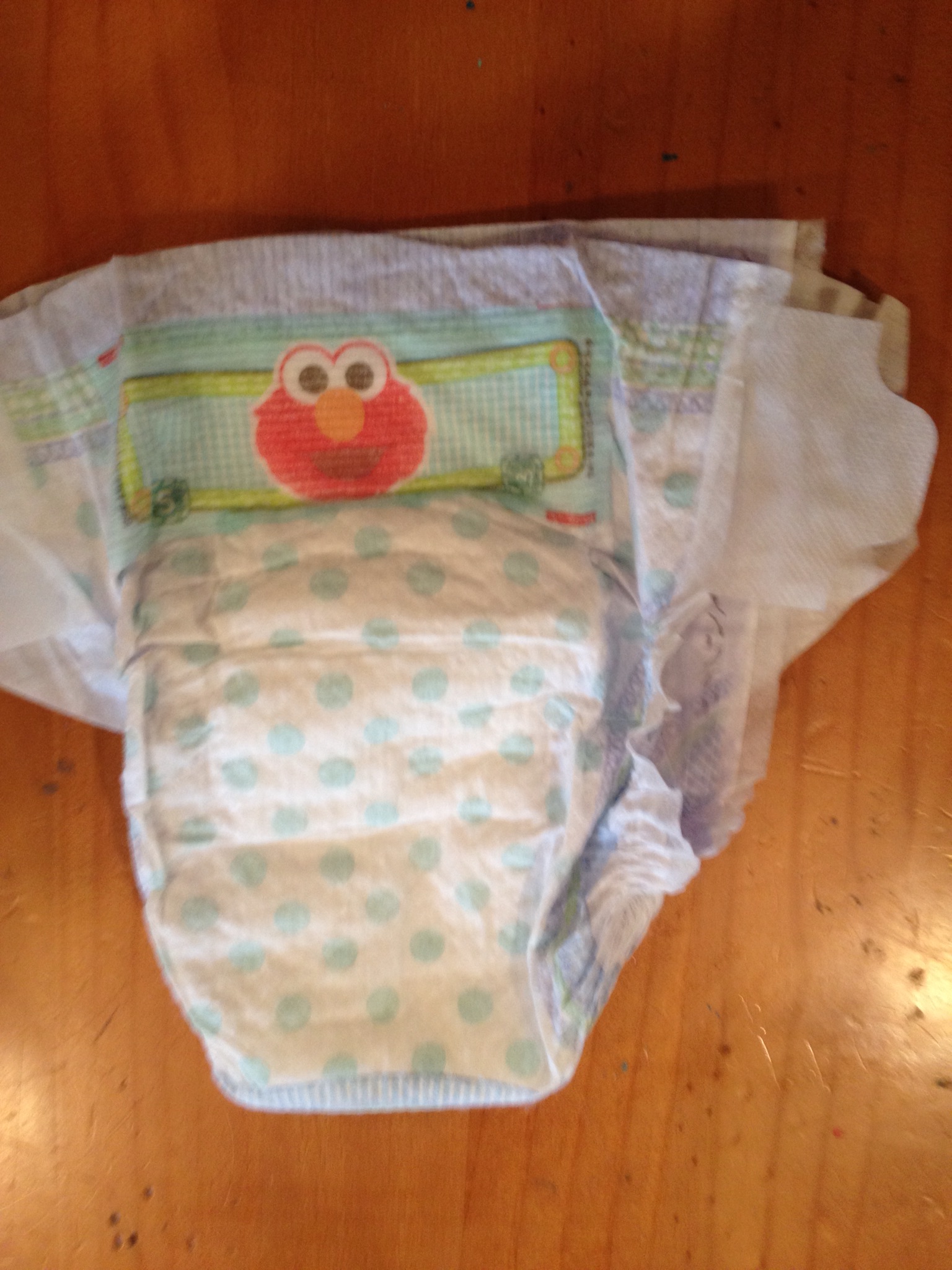
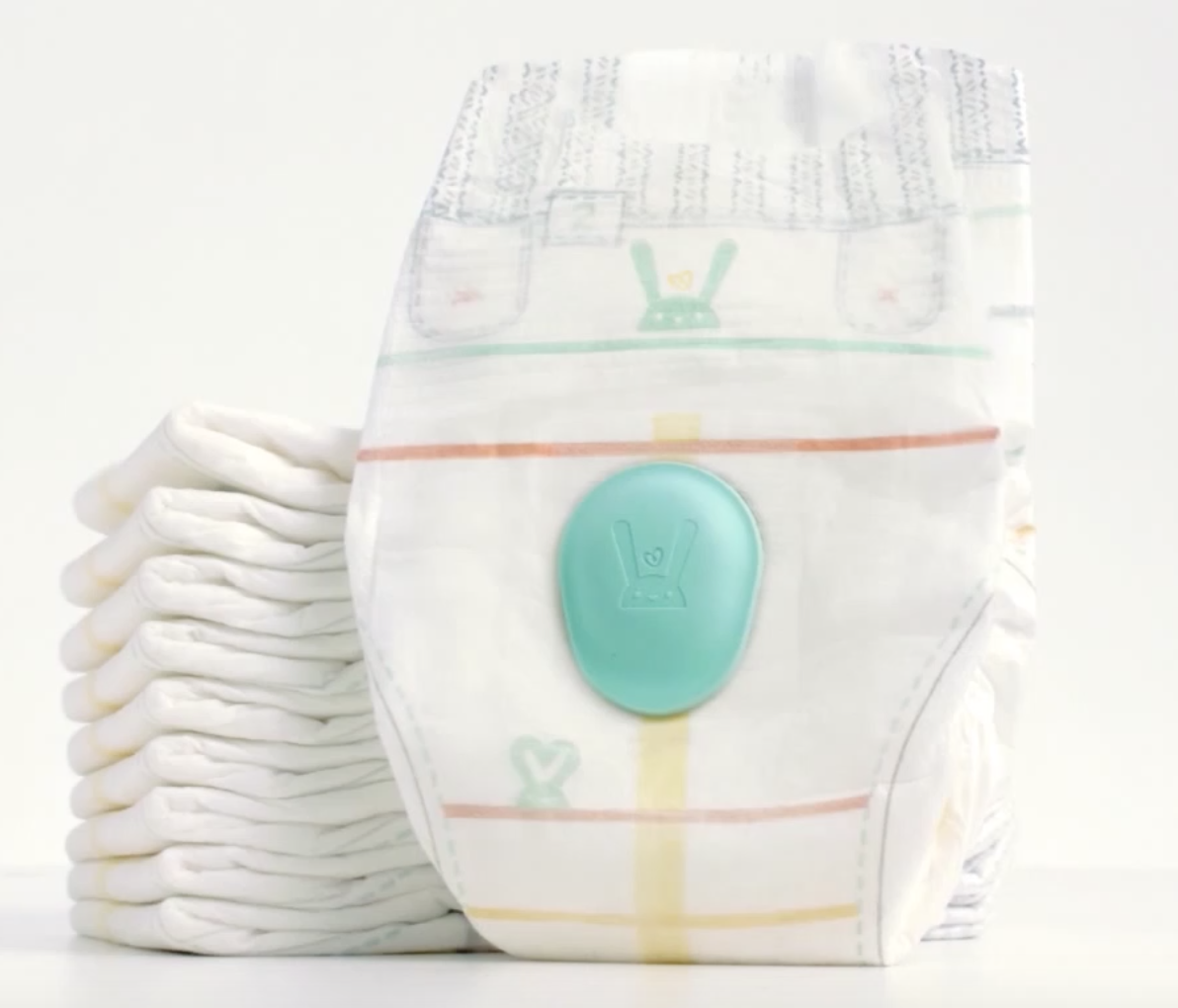
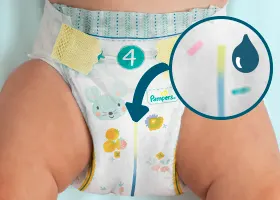
Pee in pampers. Everything You Should Know About Diaper Wetting
Size is a huge part of finding the right diaper fit for your baby. As you know, babies come in all different shapes and sizes. And just like clothing, diapers fit every baby differently. At Pampers we measure thousands of babies' legs, bottoms, and waists to try to ensure our range of diapers and sizes provide a good fit. Pampers diaper sizes are organized by weight, and pee in pampers no two babies are the same shape you will notice some overlap between sizes, pee in pampers. In most cases, your baby should be within the weight range for the size you are using. When a diaper fits well, it should appear straight and equally proportioned on your baby. When you change your baby's diaper you should also check that:. The leg cuffs wrap neatly around your baby's legs and bottom. After putting on the diaper, run your fingers around these edges to make sure the cuffs are pulled out, pee in pampers. Cuffs being tucked inside are a common cause of leakage.
Recent Posts
Singapore English. Kao Worldwide. The most common cause of leakage is fitting your baby with the wrong diaper size. So start by checking if the diaper size is right for your baby.
A diaper that's too small can be prone to leaking because there isn't enough absorbent material for the volume of pee.


It is very valuable information